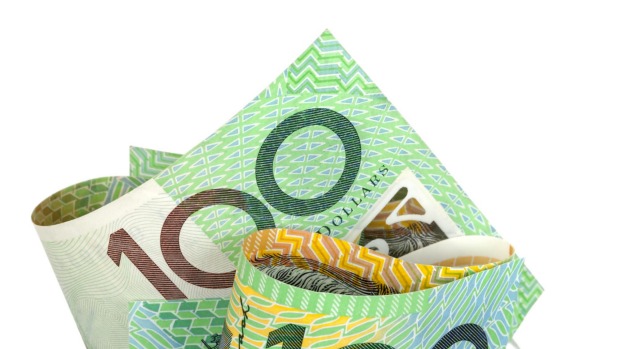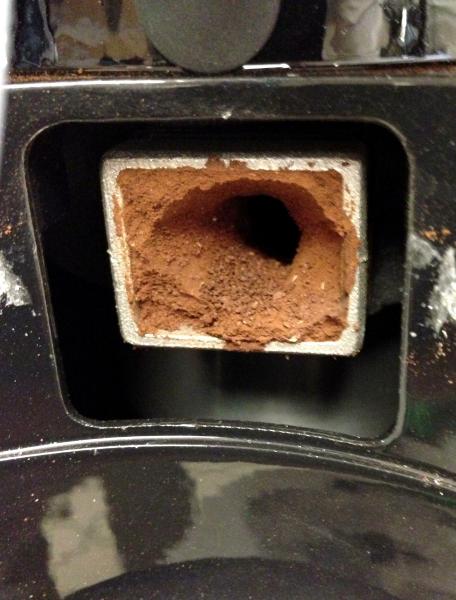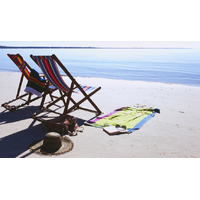April 2015 - Brazil the real coffee powehouse.
Date Posted:1 April 2015
.jpg)
Brazil - the real coffee powerhouse
Undisputed #1 producer and around 400% larger in volume than #2 producer Vietnam.
Brazil dwarfs most other origins by around 10x and such is Brazil's significance on the world coffee stage that weather conditions (and crop predictions) in Brazil directly influence the global price of coffee.
In early 2014, the prospect of severe drought in Brazil resulted in a massive 60% upward spike for the C-Index - causing raw coffee prices around the world to rise up to 40% as speculation of a shortfall in Brazil's January/February crops would put further pressure on supply being unable to meet demand.
Brazil has a long history and well established position in the coffee industry for very good reasons. The sheer volume of it's crop and relative consistency across various lots from season to season mean that roasters can rely upon it's cup characteristics in a way that few origins can match.
Coffee in Brazil is farmed on some vast plantations. It is typically grown at lower altitudes than many other arabica coffees around the world and the majority of the harvesting is performed by mechanical means. This is quite different to other origins that rely upon higher labour content for the hand-picking and sorting, generally in difficult high altitude conditions.
Brazil has also perfected the processing methods whereby the sorting, pulping, drying and storage involve modern infrastructure systems.
All of the Brazil coffees we have been sourcing for the last 5 years are from estates that implement advanced processing methods, e.g. Ipanema, Monte Alegre, Daterra, Minas Hill, Carmo De Minas, etc. all employ underground wooden storage vats to stabilize the coffee at controlled temperatures before shipping to the clients. This sort of practice adds considerable value to the all important "consistency" target we strive to achieve on a day-to-day basis.
For other origins, we are often quite frustrated when new lots arrive from the same farms that cup remarkably different - every within the same season.
So how did Brazil become so large ?
Historically, Brazil coffees were relatively cheaper on a comparative basis to other origins and with a consistent cup profile, they were an ideal choice for roasters. This was the key demand driver over a long period of time before the explosion of the specialty segment.
What I am talking about here are the periods up until around 4 - 5 years ago where bulk coffee from Brazil was the essential "filler" in the commodity coffee industry's market.
It was not unusual for large roasters using up to 60% of the cheaper Brazils in their blends in order to meet specific price targets for their coffees. In some respects, at the lower end of the market this practice still continues today, although the general trend is sourcing of better qualities.
Brazil offered low or medium (balanced) acidity, plenty of body, good flavour and a chocolate finish in milk - making it well suited to espresso blends.
The Italian and US markets are large buyers of Brazils.
Brazil, like Colombia, Costa Rica and Kenya has invested heavily into the specialty grade segment and we see this in the explosion of microlot offerings now available.
With distinct challenges in 2014, we dropped Brazils out of our blends and yet we still managed to purchase 14 different lots of Brazil specialty grade coffees - or around 13 tons. Some of these were scored at amazing 87 point grades and provided highly memorable cups.
The reputation of Brazil coffees in the specialty segment has risen faster than any other origin in the last couple of years. Brazil coffee has lost that "mild, bland, boring" moniker and we are now seeing Brazil coffees cupping with fruit notes that rival Africans and having the most exquisitely balanced finish.
In April 2015, we secured supply of some outstanding Brazils and these will form the basis of our offering for the next few months. These estate coffee are superbly prepared to impeccable standards.
The typically neutral acid in Brazils are favored by many black coffee drinkers, especially for espresso.
Going through the evaluation of these new coffees, I was trying to develop a new and improved SUPER BRAZIL for our store.
It was well overdue to lift the bar on the SUPER BRAZIL and we think we have done a great job preparing a coffee that reflects and celebrates everything that is great about Brazil coffees.
The simplest way to describe this coffee - think Toblerone bar. Smooth Swiss chocolate with a honey, almond and nougat finish.
Every time I drink it, I am left with a delightfully long and persistent aftertaste - making me want another cup almost straight afterwards.
Try it here .......SUPER BRAZIL.

Impact of falling AUD
We have published a few articles over the last 12 months to inform you of trends within the coffee market - particularly in relation to pricing.
The last 14 months has seen a constant rise in the cost of raw arabica coffee. In 2014, it was the Brazil droughts, Coffee Leaf Rust (Roya) in Central America and lower harvest yields in some African countries leading to supply shortages.
We also experienced commodity traders manipulating the market buying up more futures contracts than the available physical inventory.
Another unreported trend in the coffee market is the explosion of the specialty segments around the world - which means increased competition of the quality lots. In reality, the specialty segment does not track the global C-Index as sellers hold the power and buyers (roasters) pay whatever price the seller asks.
In any market where demand exceeds supply, prices rise.
Commodity traders have lower impact or influence on the current pricing arrangements as the market attempts to stabilize, however, the devalued Australian Dollar (AUD) has caused a price bubble as all quality raw arabica is imported and traded in US Dollars (US$).
With a currency fall of around 20% since November, this has added cost to the landed price of raw coffees.
Unfortunately, there is no relief from the lower AUD - no hedging or opportunity to negotiate with importers and the cost increases are making their way through the retail side of the market now.
Beyond the raw coffee pricing, it also affects packaging as unfortunately the local industry has been killed-off and the products are processed off-shore and also traded in $US.
The key message here is a lower AUD = more expensive coffee.

focus on grind
It would have to be the most reviled and misunderstood part of the entire coffee experience - the process of grinding coffee.
Our natural sense of naivety lends itself to think more about the actual ingredients (must be the beans) and the brewing equipment, such a espresso machines, etc. and less about what happens to grind and dose.
Unfortunately, I still see way too much wasted energy on equipment debates. Truth is, equipment rarely matters as process and technique contribute more to the quality equation than any sort of special coffee roasting skills and beans.
All grinders retain grounds and I've written many articles on this topic previously. It has been pleasing to hear from our many mycuppa customers when they have called and spoke of the dramatic improvements in their quality and consistency once they used a bit of purging to flush out the stale grounds in their daily techniques.
Try it !



